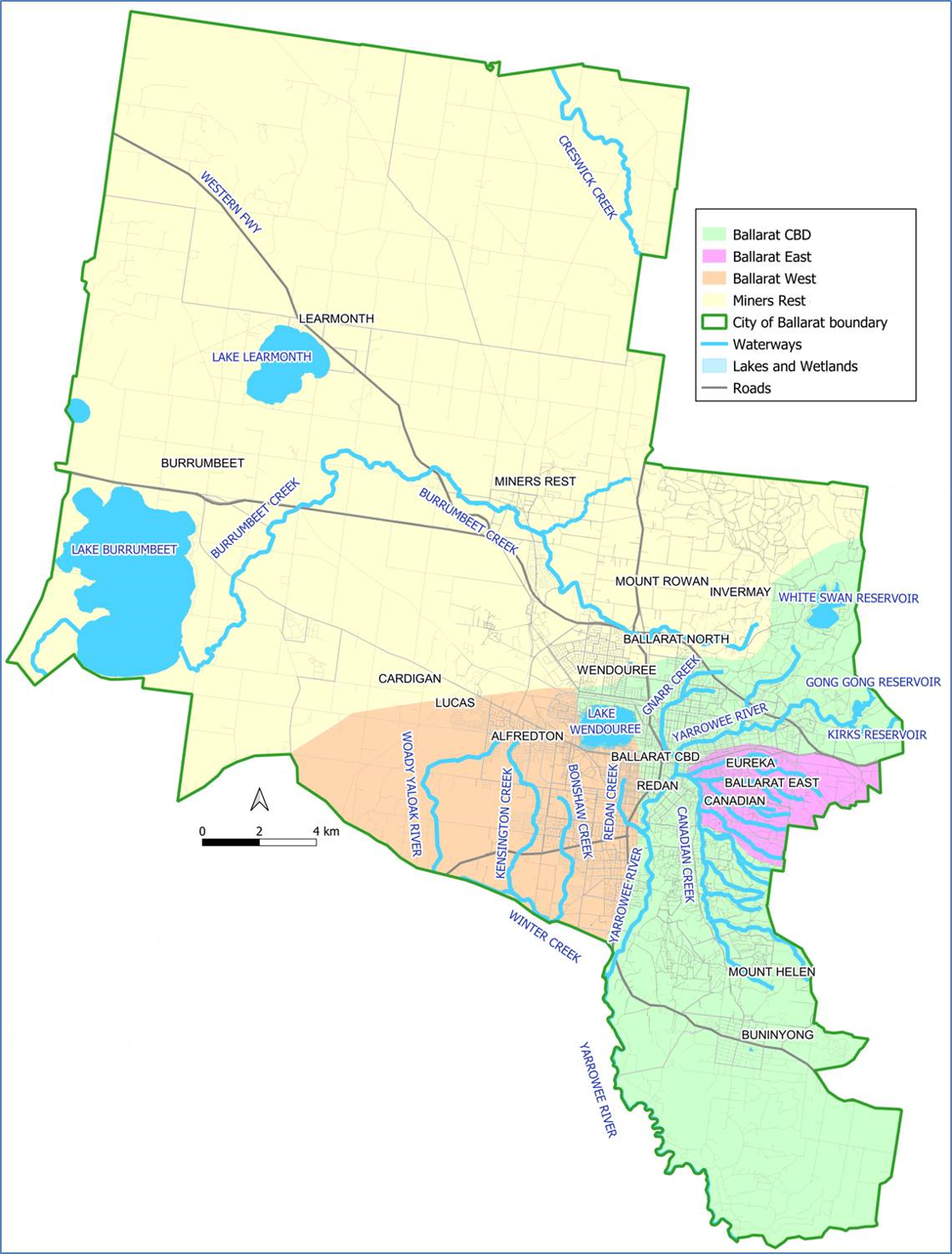Flood information for the City of Ballarat, encompassing local flood guides and a Municipal Flood Emergency Plan.
Ballarat Flood History

The City of Ballarat has a history of flooding which is mainly due to flash flooding after high intensity rainfall often associated with thunderstorms.
Other flooding is associated with flooding from rivers and creeks overflowing after prolonged rainfall.
-
In December 1991 severe thunderstorms brought intense rainfall, resulting in the largest flood events this century for both Ballarat East and Central Ballarat. In central Ballarat, Gnarr Creek caused flood and stormwater damage to homes and businesses, with the Lydiard Street area the worst affected
-
More recently, several areas of Ballarat, including Miners Rest, Ballarat East, Delacombe and Alfredton, experienced flooding in January 2011 after prolonged heavy rainfall fell across Victoria
-
The lead time to respond to a flood event may be limited. All households and businesses at risk of flooding should develop an emergency plan and beware of their flood risk.
Ballarat CBD Local Flood Guide
Click the button below to view the Local Flood Guide, which includes information about the local flood risk and how you can prepare for and respond effectively to floods.
Golden Point, Canadian, Eureka and Ballarat East Local Flood Guide
Click the button below to view the Local Flood Guide, which includes information about the local flood risk and how you can prepare for and respond effectively to floods.
Miners Rest Local Flood Guide
Click the button below to view the Local Flood Guide, which includes information about the local flood risk and how you can prepare for and respond effectively to floods.
About Flood Guides
Communities can use local flood guides to identify and better understand their local flood risk. They include information about: flood history, how to prepare & respond to floods and who to contact.
Contact Information
Local SES Units
- Ballarat VICSES Unit:
115A Gillies Street,
Ballarat, 3350
Municipal Flood and Storm Plan
City of Ballarat Flood Emergency Plan - Updated Nov, 2019.








